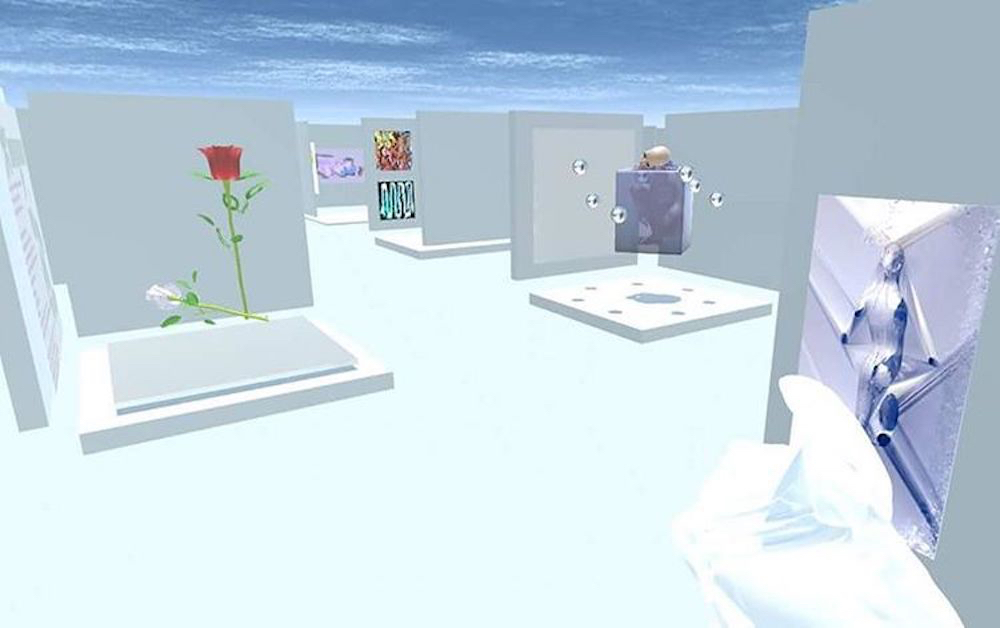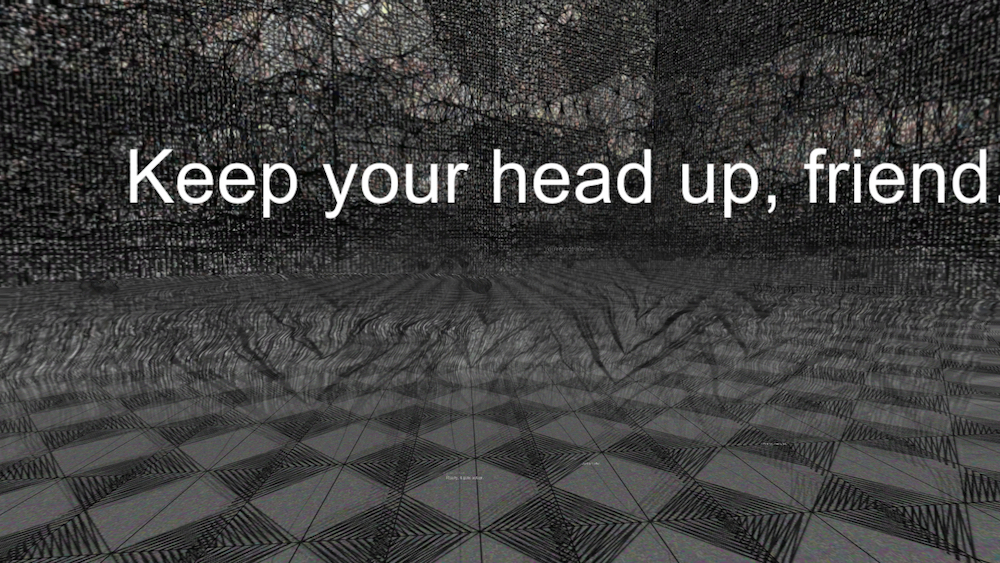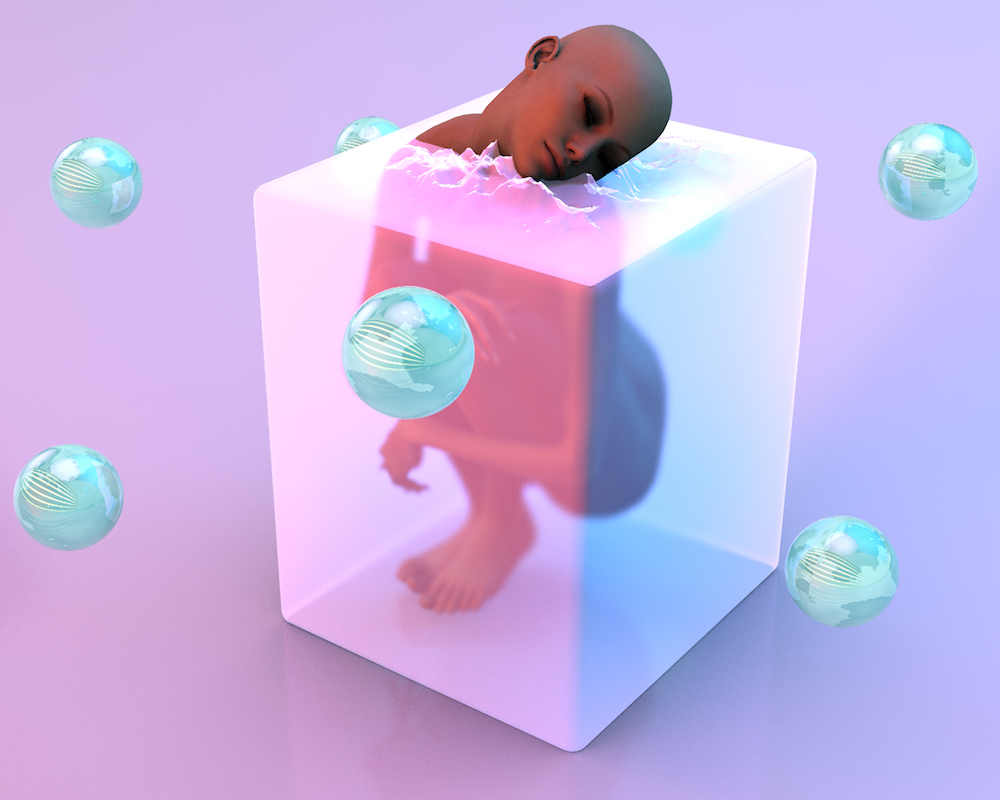It is estimated that over 2 million U.S. adolescents experienced at least one depressive episode in 2015. Yet despite its prevalence, mental illness among adolescents can be an awkward subject. The release of Netflix’s 13 Reasons Why drives this reality home. Centered on a young girl’s suicide, the show has reinvigorated the debate over how mental illness should and shouldn’t be depicted to teens. Some have praised13 Reasons Why for tackling suicide head on, and others have attacked the show for glamorizing it.
With adults collectively freaking out over a teen show, the question is raised: What is the best way to foster empathy and understanding for those struggling with mental illness?
Virtual reality may be the answer.
To help combat misunderstanding, Parallax Visions created Depression Simulator, transporting users to an abstract representation of what it feels like to be depressed. In Depression Simulator consolations like, “Try to take it easy,” float across the screen and clunky objects — nearly impossible not to run into — clutter the world. “This design choice is meant to capture the feelings of demotivation and destructiveness,” says Michael Bordlee, one of the simulator’s three creators. Bordlee, an artist, says the simulator was inspired by a personal struggle with depression — developed while working a VR job that he calls “borderline abusive.” Together with his two friends, Curtis Cummings (programmer) and Barron Burmaster (story writer), Bordlee is using Parallax Visions to push VR into the cool and experimental. The collective recently released Museum of Virtual Art II, a virtual reality museum that houses the art pieces of over 50 “net-artists” inside it.
Bordlee talks to i-D about what he thinks the future of VR in mental health treatment is, the personal inspiration behind Depression Simulator, and how gaming helped him get over his phobias.

How did the inspiration for the simulator come about? Was it inspired by any personal struggles with depression?
Yes, all three of us personally struggle with depression and anxiety disorders. I was inspired to make Depression Simulator because I was working for a VR start-up at the time and the work conditions were borderline abusive. We worked for over eight hours a day in a room with no light and our bosses were idiots. All of the VR developers for that company were underpaid, over-worked, and underappreciated. So, one night I stayed late at work and started designing Depression Simulator. It was intended to be a follow-up to Tripscape, our first walking simulator, but it quickly took on a life of its own.
What aesthetic choices did you make to convey the state of depression?
In terms of aesthetic, I wanted to keep the game monochromatic and minimalist. I was also very into making glitch art at the time. I was trying to capture the feeling of isolation and nihilism. The game is littered with basic objects (textured cubes and spheres), some of which seem to be organized, but their purposes are unstated and unclear. The player can interact with these objects only by walking into them. This design choice is meant to capture the feelings of demotivation and destructiveness. The player cannot use any amount of creativity to accomplish anything constructive with the shapes. They can only add to the disorder.

What do you hope users get out of Depression Simulator?
I hope that users gain empathy and understanding. Besides objects, the level is also littered with black and white 3D text. The white texts represents positive statements to say to someone who is suffering from depression. The black texts represents negative statements that you should not say to a depressed person. No matter where the player goes, they are subjected to reading both black and white text. And at the same time the texts represent an internal monologue.
What potential do you think VR has in terms of helping people with mental illness?
It will certainly be interesting to see just how powerful VR can be in regards to mental health once the technology improves. I used to be horribly afraid of driving after I got into an accident, but I managed to make myself comfortable with it again by playing driving games with a steering wheel. And while VR and video games are great for creating empathy, I think the real power is in counseling.
Parallax Vision’s Depression Simulator
Credits
Text André-Naquian Wheeler
Images courtesy Parallax Visions
